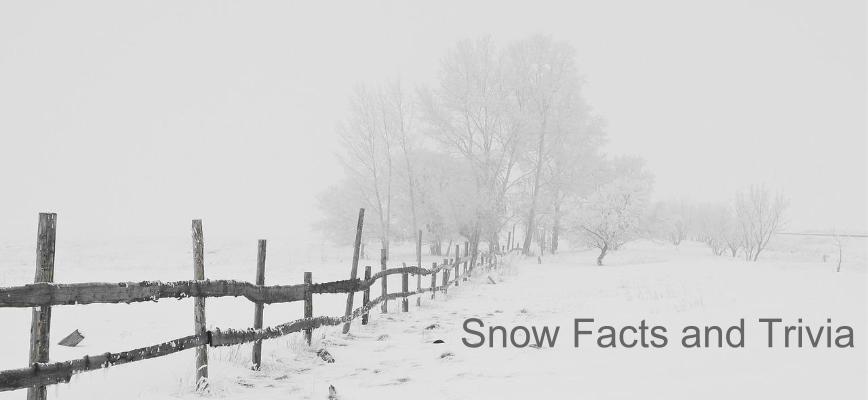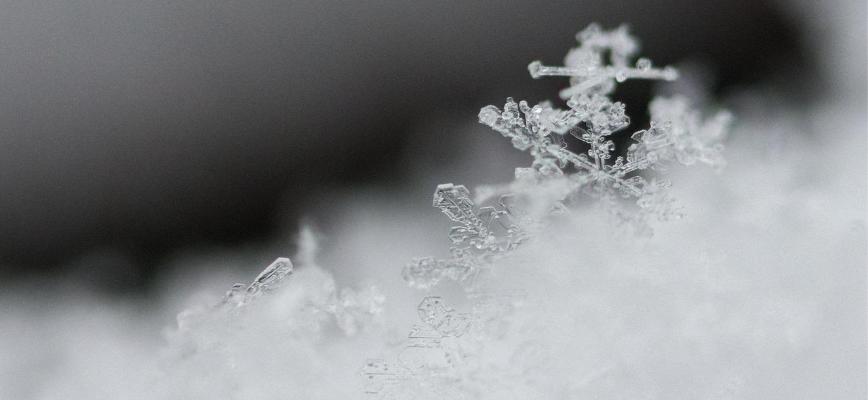With the UK already being on the receiving end of both storm Gertrude and Imogen we are left wondering just what Theoi Meteoroi is going to throw at us next. After being stuck in a particularly heavy hail storm only yesterday, I can’t help but think it might be snow. So, apart from snowball fights, snowmen and grit spreaders, what do you know about snow?
Snow is one of the most beautiful displays of weather, as well as it being quite a phenomena. This article shares some snow facts and trivia that you might not know. The white stuff really is fascinating.
Eight snow facts and trivia…
The Snowiest Winter of the 20th Century
It doesn’t have to be freezing to snow
So, did your mother ever tell you “it’s too cold to snow”? This is very true, it is a myth that it has to be freezing to snow.
Precipitation turns into snow when the temperature of the airdrops below 2 degrees celsius. The heaviest snowfalls that we see in the UK are most likely to occur when the temperature is between zero and 2 degrees.
If the temperature rises above 2 degrees then a snowflake will melt on its descent and will turn to sleet, and if it is warmer still it will fall as rain.
Each snowflake is unique
If you were to put a snowflake under a microscope you would notice that each one has its own individual features. This is due to each snowflake having formed differently from its journey through the environment and the changing temperatures it encounters on that journey.
The detailed and intricate appearance of a snowflake holds both fascination and romance resulting from their near infinite variations in their form.
The white stuff’s not white
We are told snow is white from many sources, we hear it from the weather man, “we are are in for some of the white stuff” and the song White Christmas makes us wish for a beautiful white blanket to cover the land in time for Christmas day. Yet, snow isn’t actually white. It is clear, just like icicles.
Snow is translucent meaning light only passes through it indirectly. The many sides of the icy crystals bounce around the whole light spectrum which result in snow appearing to be white.
Grit spreading is salt spreading
As soon as the cold weather warnings are out so are the winter maintenance Grit Spreaders, but are they? The vehicles that we see “grit spreading” our roads and motorways for our safety are not actually spreading grit at all. What they are actually spreading onto the road is mined rock salt, sodium chloride. This rock salt was introduced in the 1940’s and it is a very efficient de-icer for areas that receive road traffic.
The salt is spread at a rate of 7g to 20g per square meter depending on the severity of the weather conditions. It protects our roads from freezing until temperature drop to as low as -6 to -8 degrees centigrade.
It is only in very low temperatures or if there is very heavy snowfall that a mixture of salt and grit may be used on the roads to aid traction.
Snow flow
Did you know, it takes the average snowflake an hour to reach the ground? 1-4 miles per hour is the general speed of falling snow, depending on the mass and surface area of the snowflake and the environmental condition it might meet on its fall.
In extreme conditions, where snowflakes collect supercooled water as they fall, you can see snowflakes fall up to a speed of 9 mile per hour. It wouldn’t have to snow for long to start creating drifts at that rate.
Fear of snow
Can you imagine throwing back the curtains to a beautiful white blanket of snow and triggering a feeling of utter fear or worse – causing a panic attack. This is what can happen to someone with Chionophobia, the extreme dislike or fear of snow.
The word Chionophobia comes from the Greek word chion (snow) and phobos (fear, aversion or dread).
Suffers of Chionophobia understand that this type of fear is a little strange and even unfounded, however they have little control of it. Living with this phobia can become very difficult if you happen to live in an area where snow is a way of life, and in some cases it can cause suffers to become reclusive and not leave their homes.
There is a theory that the fear often stems from a childhood events that have involved snow, such as a sledding or skiing accident or even being hit by a snowball.
Chances of a White Christmas
Whilst the vision of a Christmas Day surrounded by snow fills Christmas cards, movies and songs, snow is actually much more likely in January and February than in December.
In the UK, snow or sleet falls on an average of 3.9 days in December, compared to 5.3 days in January, 5.6 days in February and 4.2 days in March. There has been a widespread covering of snow (over 40% of weather stations reporting snow) only four times in the last 51 years.
Those hoping for a white Christmas should be heartened to hear that snow has at least fallen on Christmas Day somewhere in the UK 38 times in the last 52 years.

